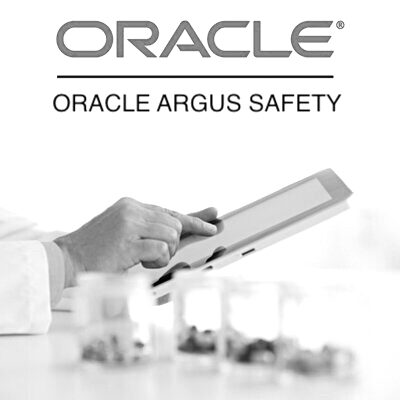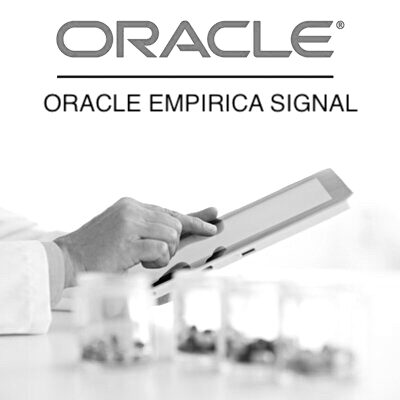Documentation
Softwares used in Pharmacovigilance
There are various software programs available for use in pharmacovigilance. Some of the most commonly used Softwares used in Pharmacovigilance include:
- Safety database management systems: These systems are used to store, manage, and analyze adverse event reports. They provide a centralized repository for adverse event information and support the reporting and assessment of adverse events.
- Case processing software: This software is used to process and manage adverse event reports, including the assignment of case numbers, triage, and follow-up. It helps to ensure that adverse events are thoroughly evaluated and that appropriate actions are taken.
- Signal detection software: This software is used to identify potential safety signals, based on the analysis of adverse event data. It helps to support the early detection of safety issues and the rapid assessment of their clinical significance.
- Literature search and analysis software: This software is used to support systematic literature reviews, enabling the collection and analysis of relevant articles from medical and scientific journals.
- Risk management software: This software is used to support the identification, assessment, and management of risks associated with medical products. It helps to ensure that appropriate risk management strategies are in place and that they are continuously monitored and updated.
These Softwares used in Pharmacovigilance play a critical role in pharmacovigilance, helping to ensure the safe and effective use of medical products, and to protect public health. They support the collection, management, analysis, and reporting of adverse event information, and help to enhance the quality and consistency of safety data.
You may be interested in the programs below:
-
 eLearning + software
eLearning + softwareOracle Argus Safety Essentials
$599.00 -
 eLearning + software
eLearning + softwareOracle Argus Safety Essentials + Console
$799.00 -
 Live Online
Live OnlineOracle Argus Safety – Live Online
$999.00 -
 Live Online
Live OnlineOracle Argus Safety + Console – Live Online
$999.00 -
 eLearning + software
eLearning + softwareOracle Empirica Signal
$599.00 -
 Live Online
Live OnlineOracle Empirica Signal – Live Online
$999.00 -
 eLearning + software
eLearning + softwareDiploma in Pharmacovigilance
$799.00 -
 eLearning + software
eLearning + softwareArgus Safety – Business Configuration and Administration
$599.00
